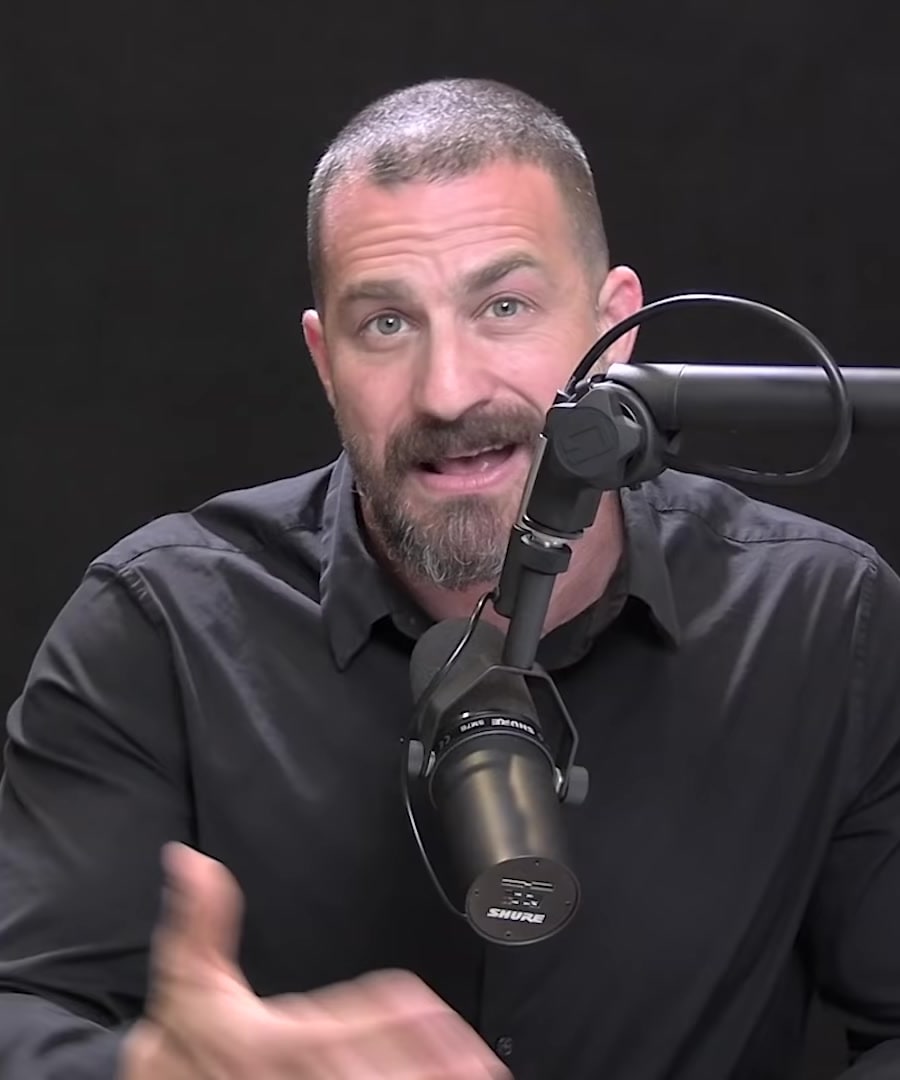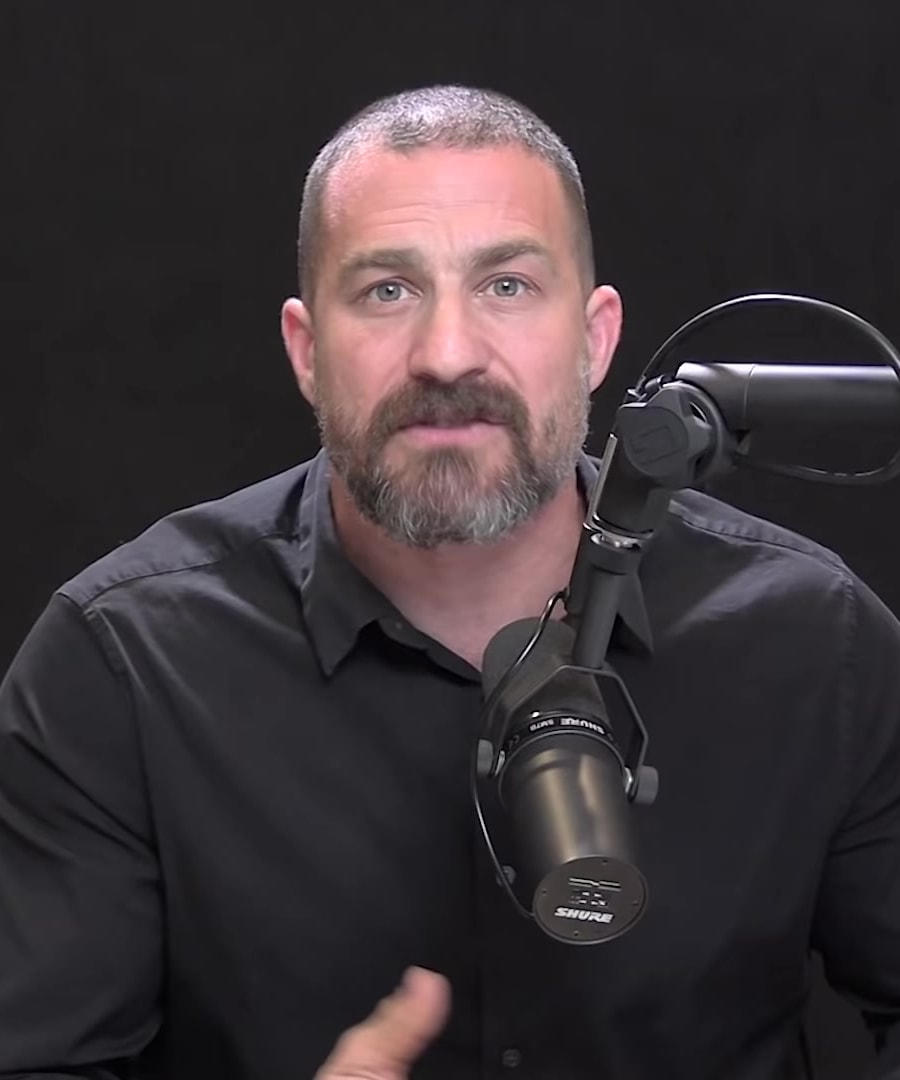How do memories become encoded within procedural memory?
Sources:
Procedural memory, a type of long-term memory, is responsible for encoding the physical actions or sequences of actions required to perform tasks. This kind of memory allows us to carry out activities such as riding a bike or playing an instrument without consciously thinking about each step involved once these tasks become automatic after learning.
According to , procedural memory involves a neural process often referred to as Hebbian learning. This involves particular neurons at the cellular level that strengthen their connections when they are co-activated or 'fire together.' Such connections become more efficient through the involvement of NMDA receptors, which, with strong input, increase a neuron's responsiveness, making it more likely to activate in the future with less input. This process essentially lowers the neural threshold for triggering these learned actions or habits, making them more reflexive 1.
Additionally, suggests that visualization exercises of the specific action steps required to perform a task can also engage procedural memory. These mental rehearsals help embed the sequence into our neural circuitry, reducing the barriers to executing these habits, a phenomenon he refers to as reducing limbic friction 2.
RELATED QUESTIONS
How do memories become encoded within procedural memory?
- RELATED QUESTIONS

